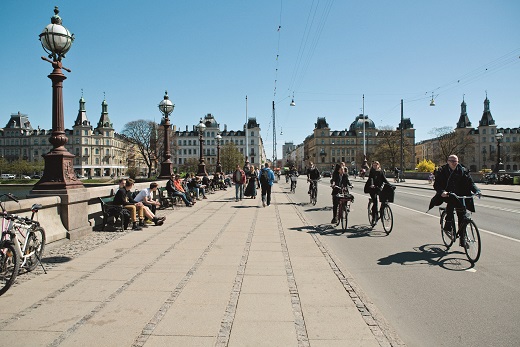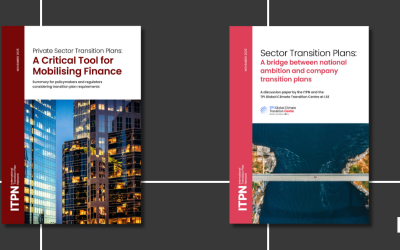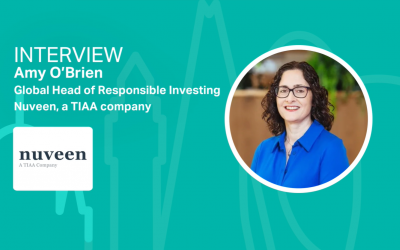It’s time for our cities to find solutions
The UN and nation states cannot battle climate change alone. We know this. By 2030, 60 per cent of the world population will be living in urban areas. Cities play an integral role in tackling the global challenges. We know this, too. But how can decision-makers move from this state of realisation to start implementing actual solutions?

Burning questions that most city leaders ask themselves remain barriers to action: “How can we plan for an uncertain future with extreme weather? How can our city remain attractive and competitive while we strive for climate-friendly mobility? Which technical solutions will allow us to fulfil our ambitions? What do they cost? And how do we secure the financial incentive to invest and collaborate?”
These stumbling blocks can make cities hesitate, and understandably so. But the cost of inaction is overwhelming, and often there comes a point of no return. Accounting for 70 per cent of global CO2 emissions, cities remain a big part of the problem – but also the solution. Let’s move into solution mode.
View climate change as an opportunity
We need to view climate changes, such as frequent heatwaves, cloudbursts and flood risks, not only as threats but as opportunities to co-create more liveable, recreational urban environments and achieve green growth. And we need to realise that governments, cities and companies must work in unison and share their unique knowledge and experiences if we really mean business in our attempt to bring this vision to reality.
As a representative of the private sector, Ramboll is committed to solutions. Working as a sustainable society consultant from Greenland to Europe and the Middle East, we know that it takes urban planning, social coherence, economic growth, environmental sustainability, and most importantly good governance to ensure liveable city development. We also know that these five drivers are not enough.
Cities leading the way
Bristol has gone great lengths to ease congestion and reduce its carbon footprint with traffic-free Sundays and renewable energy solutions.

Copenhagen has invested heavily in developing ambitious cloudburst plans to become more resilient towards intense rainfalls. In other words, mobility, resource optimisation, climate adaptation and mitigation are essential drivers, too.
What these green city innovators have in common is that legislators, city officials, utilities, the industry and citizens vow to contribute. The environmental, social and economic motivations must be defined and aligned between stakeholders to reach this inspiring level of commitment.
This holistic approach is pivotal in finding long-term solutions. COP21 must give the world a clear commitment fighting climate change. Cities must be ready to act.








